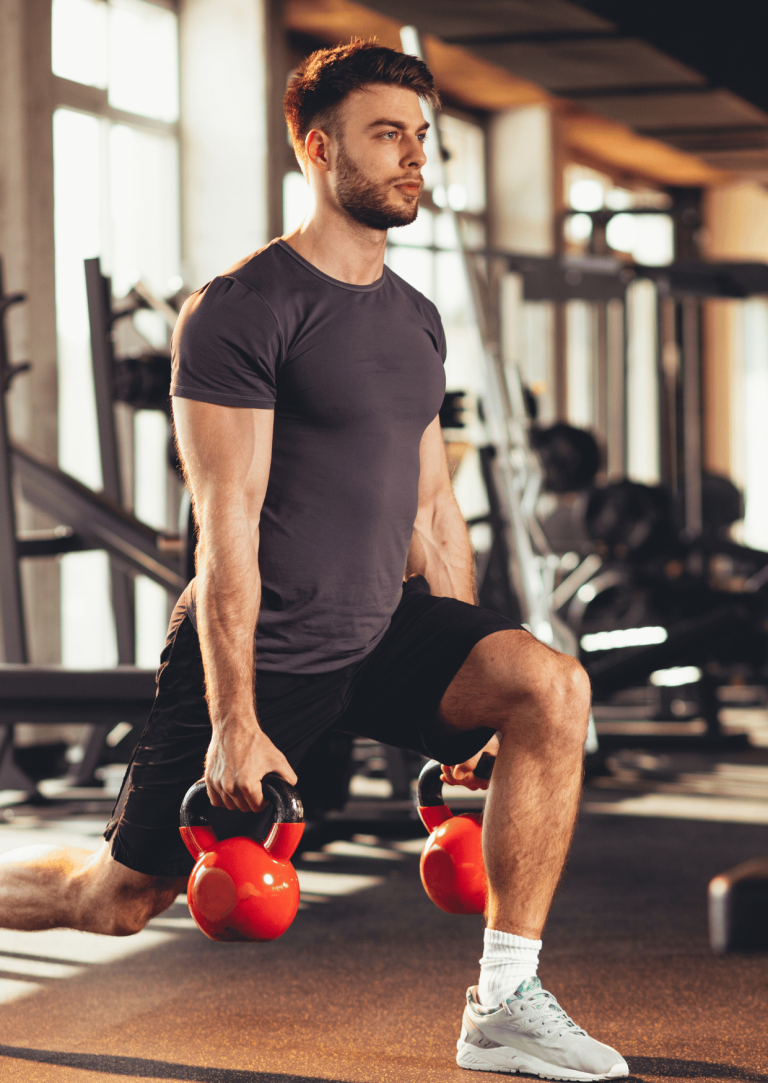Winter Workout Safety Tips: Staying Active Despite Shorter Days and Cold Weather
As temperatures drop and daylight hours dwindle, staying motivated to work out can be challenging. Yet, maintaining a fitness routine through the winter months offers tremendous benefits for both physical and mental health. Here’s a guide to staying active, safe, and motivated, with essential winter workout safety tips and strategies to make the most of this season’s unique fitness opportunities.
Benefits of Staying Active During Winter:
1. Boosts Mood and Fights Winter Blues
Physical activity releases endorphins, the body’s natural “feel-good” hormones, which can help combat seasonal affective disorder (SAD) and feelings of lethargy common in winter.
2. strengthens the immune system
Regular exercise can help strengthen the immune system, which is essential for fighting off cold and flu during peak season.
3. Helps Maintain Fitness Goals
Staying active prevents the loss of strength, flexibility, and endurance that can happen during sedentary winter months, making it easier to stay on track with long-term fitness goals.
4. Improves Circulation and Warmth
Moving your body helps keep your blood flowing, which can help you feel warmer and more energised, despite the cold weather.
5. Creates Positive Routine and Structure
Maintaining an exercise routine can provide a sense of structure and accomplishment, helping you stay motivated and resilient through the winter months.

Winter Workout Safety Tips:
Here are 7 key winter workout safety tips that will keep you safe, warm and confident to continue exercise throughout the darker and colder months;

1. Dress in Layers
The best approach to winter dressing is layering. A base layer draws sweat away from your skin, keeping you dry. An insulating layer traps heat, like fleece or wool. Finally, a waterproof or windproof outer layer protects against rain, snow, and wind.
Adjust your layers based on the intensity of your workout. High-intensity exercises can create more body heat, allowing you to wear lighter layers, while moderate activity may require a warmer approach.
2. Protect Your Extremities
The body’s natural response to cold is to redirect warmth to the core, which means extremities like hands, feet, and ears are at risk of losing heat quickly. Insulated gloves, thermal socks, and hats are essential to prevent frostbite and maintain comfort.
For runners and cyclists, a face mask or gaiter can shield the face from the cold air, making breathing more comfortable and reducing the likelihood of airway irritation.
3. choose the right footwear
Winter-specific running shoes or hiking boots with extra traction are essential for handling wet or icy surfaces safely. For runners, consider shoes with a waterproof upper to keep feet dry in wet or snowy conditions.
Traction devices or cleats that fit over shoes can add grip on slippery surfaces, helping reduce the risk of falls. These are particularly useful for snowy trails, sidewalks, and icy roads.
4. Warm-Up and Cool Down Properly
Cold muscles are more susceptible to injuries, so a thorough warm-up is critical. Start with gentle dynamic movements like leg swings, arm circles, and brisk walking for 5-10 minutes to gradually increase heart rate and blood flow to muscles.
After the workout, spend time stretching while muscles are still warm. This will help reduce stiffness, increase flexibility, and prepare muscles for the next workout.
5. Stay Hydrated
Cold weather can suppress the feeling of thirst, making it easy to overlook hydration. However, you’re still losing moisture through sweat and breath, especially during intense workouts.
Drinking warm water or tea can help maintain hydration levels without feeling as unappealing as cold water on chilly days. Avoid caffeine and alcohol post-workout, as they can dehydrate you further.
6. Be visible
In darker months, reflective clothing and gear are vital for outdoor safety. Wear bright, reflective gear and consider LED armbands, headlamps, or lighted vests for additional visibility.
Stick to well-lit routes or areas with streetlights and avoid darker paths or trails where footing might be harder to see, especially when icy.
7. Check the Weather and Plan Ahead
Check weather conditions in advance to avoid getting caught in snow, freezing rain, or dangerously low temperatures. Plan your workout for the warmest part of the day, usually midday, if possible.
If outdoor conditions are unsafe, consider an indoor alternative, like a treadmill run or indoor workout routine, until it’s safe to resume outdoor training.
4 ways you can Stay Active Indoors
1. Strength training
Winter is an excellent time to shift focus to strength training, which supports muscle endurance and joint stability. Use bodyweight exercises, resistance bands, or weights to build up muscles that support running, biking, or other outdoor sports you’ll return to in spring.
Target specific muscle groups that often get neglected in cardio-focused training, such as core, glutes, and hamstrings, to create a well-rounded fitness base.
2. Indoor Cardio Options
Use equipment like treadmills, stationary bikes, or rowing machines for an effective cardio workout. These options allow for interval training, which can improve speed, power, and endurance for when you’re back outdoors.
Circuit training can combine cardio and strength, giving a comprehensive workout in a small indoor space. Incorporate exercises like jumping jacks, jump rope, or stair climbing for a high-energy session.

3. Online Classes and Virtual Workouts:
Online classes are versatile and provide structure, with options like HIIT, yoga, Pilates, and dance workouts. Platforms with live or recorded classes can add variety, keeping workouts fresh and helping combat winter workout boredom
Many online communities offer virtual group workouts, allowing people to join others for motivation and a sense of camaraderie.
4. Active Winter Hobbies
Winter sports like skiing, snowboarding, and snowshoeing offer cardiovascular and muscular benefits while embracing the season. Ice skating and hiking are also great options to mix up routines and experience the outdoors safely.
These activities work muscles differently from regular cardio routines, which can boost muscle balance and strength in new ways.
Winter Workout Safety Tips: How to stay motivated
1. Set Seasonal Goals:
Setting a specific winter fitness goal keeps workouts purposeful. Goals could be strength-related (like lifting a certain weight), flexibility-based (mastering new stretches), or focused on preparing for spring races or events.
Break down goals into weekly mini-goals to make progress measurable, which keeps motivation high.

2. Find a workout buddy:
A workout buddy can make even the coldest workouts more enjoyable. They add accountability and turn exercise into a social activity, which is especially helpful for staying motivated through winter.
Virtual workout buddies can help if meeting in person isn’t possible, adding encouragement and consistency even for home workouts.
3. Switch Up Your Routine:
Experimenting with new workout types or changing your routine weekly can stave off winter workout monotony. Try out different online classes, new indoor equipment, or alternate between strength and cardio.
Winter can be a great time to build skills in something new, like learning kettlebell exercises, practicing yoga, or building flexibility through stretching.
4. reward yourself
Treating yourself to small rewards can make winter workouts feel like something to look forward to. Plan for a hot chocolate post-run, or consider buying a new piece of workout gear for hitting your weekly targets.
Rewards can be non-food related too, like a relaxing bath, new fitness app subscription, or even by signing up to a new event or challenge.
Conclusion
Staying active in winter requires extra preparation and motivation, but the benefits are well worth it. By dressing appropriately, warming up thoroughly, and staying mindful of weather conditions, you can enjoy a safe and effective winter workout routine. Remember, every step you take to stay active and safe during the colder months builds a stronger foundation for your physical and mental health that will carry through to the rest of the year.
If you wish to seek further help or speak to a practitioner about any of the above, call us on 0800 731 2738 or book online here.
You can also view all the services we provide within our clinics on our website, as well as checking out our other blogs and content.
For more free tips and information, make sure to follow our Facebook and Instagram pages. We also post client stories, so you can see how we’ve helped people get back to doing the things they enjoy!



